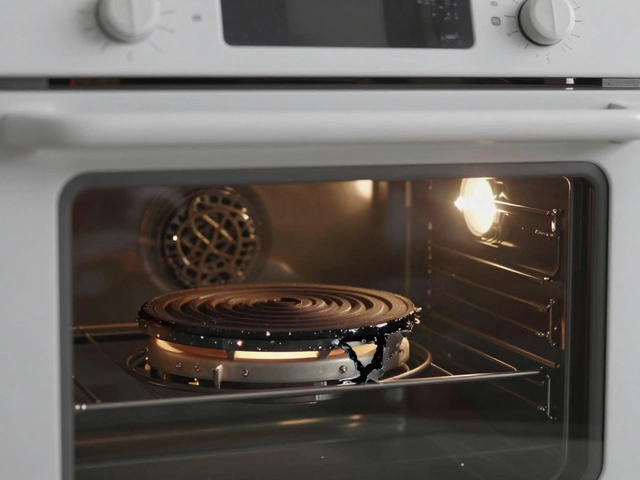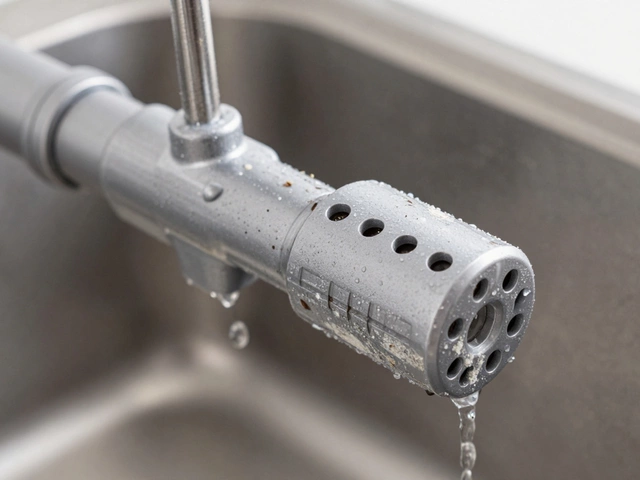Washing Machines – Repair, Maintenance and Common Issues
When dealing with washing machines, the rotating drum that cleans clothes using water, detergent and controlled motion. Also known as laundry machines, they are a core part of modern home appliances, a group that includes everything from ovens to refrigerators. Understanding how they work helps you spot faults early and decide when appliance repair services are worth calling.
Washing machines encompass several sub‑systems: the motor that spins the drum, the pump that drains water, and the electronic control board that decides the cycle length. Each of these pieces can fail, but most issues boil down to three themes – water supply, drainage, and motion. When a machine won’t fill, the inlet valve is usually at fault; when it won’t drain, the pump or hose is blocked; when it won’t spin, the motor coupler or belt may be worn. Knowing the block, you can often test the part yourself before calling a technician.
Why Regular Maintenance Matters
Washing machines require regular maintenance to stay efficient. A simple monthly clean of the detergent drawer prevents mold, while checking the filter for lint avoids clogs that cause leaks. Moisture left in the drum encourages rust, which shortens the appliance’s lifespan. washing machines that receive proper care can last 10‑12 years, whereas neglect often leads to costly repairs after just five years. This link between upkeep and longevity shows why many homeowners invest in a yearly service from a qualified appliance repair specialist.
Appliance repair influences washing machine longevity by replacing worn seals, tightening loose connections, and recalibrating sensors. A professional can also diagnose electronic faults that are hard to spot without the right tools. However, not every problem needs a pro – simple issues like a noisy spin often come from an unbalanced load or a foreign object stuck in the drum. The key is to separate DIY‑friendly fixes from those that require certified expertise.
When you hear rattling noises during a cycle, the first thing to check is the balance sensor. If the sensor reports an uneven load, the machine may try to rebalance by shaking, which sounds like a rumble. Removing excess items or redistributing the load usually solves the problem. If the noise persists, the suspension rods or shock absorbers might be worn – both are replaceable parts that a local repair service can handle quickly.
Water leaks often start at the door gasket. Over time, detergent residue can degrade the rubber, leading to drips during the spin cycle. Inspect the gasket for tears or debris, wipe it clean, and run a short wash with no clothes to see if the leak stops. If the gasket is cracked, replacing it is a straightforward job that most DIY‑oriented homeowners can perform with a basic tool kit.
Drainage issues usually stem from a clogged pump filter. The filter sits behind a small access panel at the front bottom of the machine. Place a shallow tray underneath, open the panel, and remove any lint, coins, or small garments that may have slipped through. After cleaning, reassemble and run a rinse cycle to confirm the water exits properly. If the pump itself hums but doesn’t move water, the impeller may be obstructed – this is where a professional’s help becomes valuable.
Electrical glitches, like a machine that stops mid‑cycle, often point to a faulty control board. While the board can be visually inspected for burnt components, testing requires a multimeter and knowledge of wiring diagrams. Because improper handling can damage the appliance further or pose safety risks, most owners opt to have a certified technician replace the board. This repair, though pricey, restores the full range of cycle options and improves energy efficiency.
Beyond fixing faults, many repair services also offer performance upgrades – for example, installing a water‑efficient inlet valve that reduces consumption by up to 30 %. Such upgrades tie directly into the broader goal of keeping home appliances sustainable and cost‑effective. By addressing both problems and improvements, you get a washing machine that runs smoother, uses less power, and lasts longer.
The collection of articles below dives deeper into each of these topics. You’ll find step‑by‑step guides for diagnosing washer problems, checklists for routine maintenance, and advice on when to call a professional versus tackling a fix yourself. Whether you’re a first‑time homeowner or a seasoned DIY enthusiast, the upcoming posts give you practical tools to keep your laundry routine hassle‑free.


